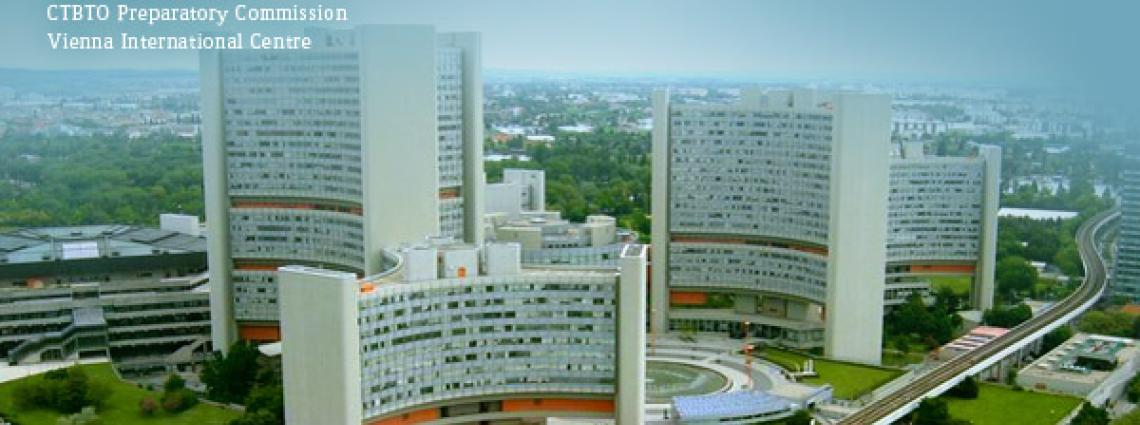Watching over the planet from Vienna
In March 1997, a new organization opened its doors at the UN in Vienna: the Preparatory Commission for the Comprehensive Nuclear-Test-Ban Treaty Organization (CTBTO). It had been established the previous autumn, only two months after the Comprehensive Nuclear-Test-Ban Treaty (CTBT) opened for signature on 24 September 1996. The CTBT bans all nuclear explosions on Earth, and the CTBTO makes sure that no nuclear test explosion goes unnoticed.
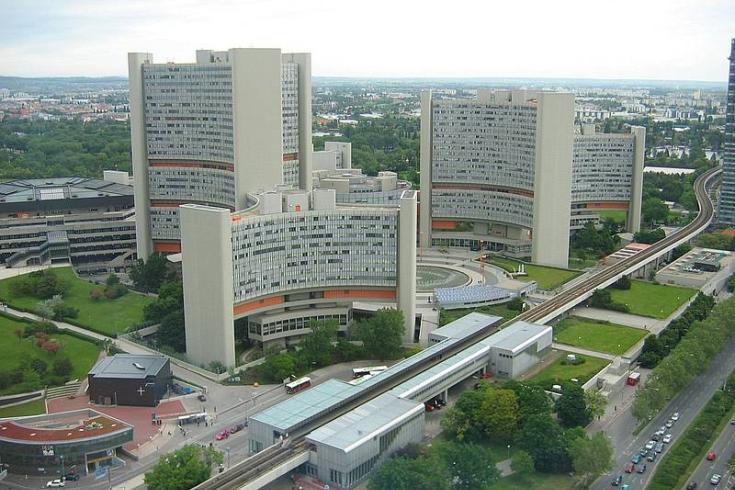
The Vienna International Centre has been a Viennese landmark for 30 years.
Keeping a watchful eye
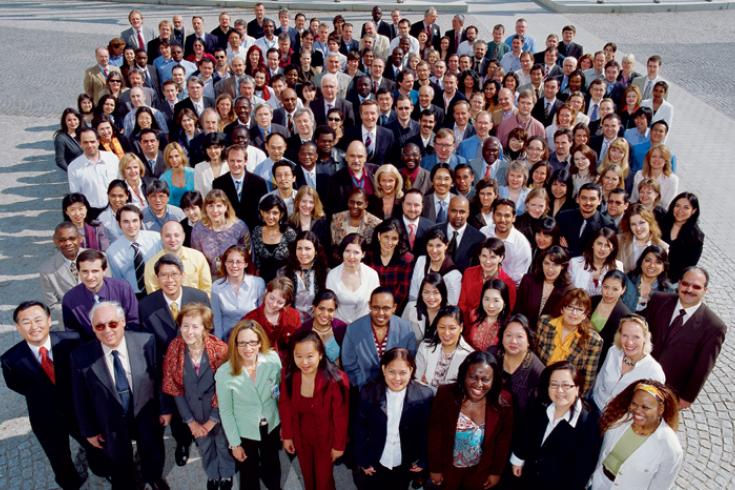
CTBTO staff come from all continents.
Put to the test
The CTBT verification regime has been put to the test twice in recent years. In October 2006 and again in May 2009, the Democratic People’s Republic of Korea announced that it had exploded underground nuclear devices. On both occasions, the CTBTO showed that it is capable of doing what it is mandated to do, namely to detect such explosions in a fast and reliable manner. Within a few hours, Member States around the world received information on the location, time and magnitude of these explosions. A significantly higher number of monitoring stations detected the event in 2009. This was partly due to the higher magnitude of the explosion. But, it also illustrated the remarkable progress in the build-up of the CTBT verification regime over the last years.
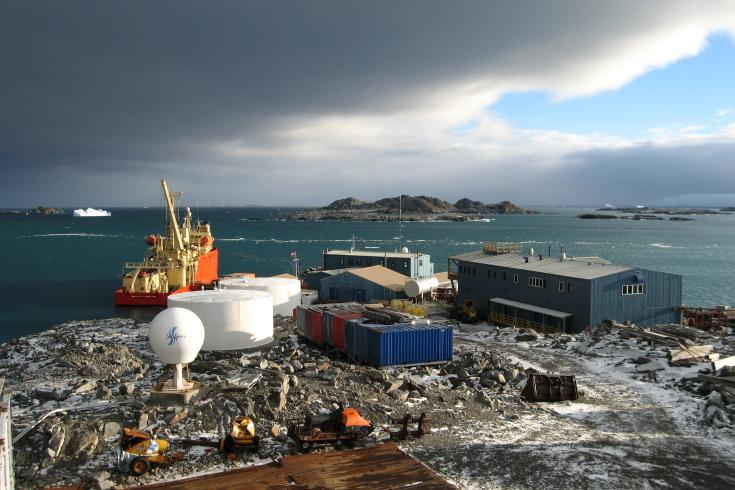
The radionuclide station RN73 at Palmer Station, Antarctica, is one of roughly 250 operational monitoring stations.
Great political momentum
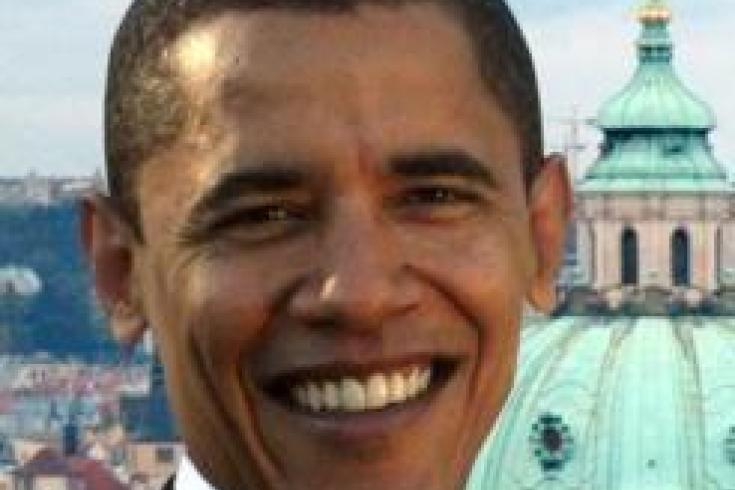
U.S. President Obama announced an immediate and aggressive push for U.S. ratification of the CTBT.
Close to universality
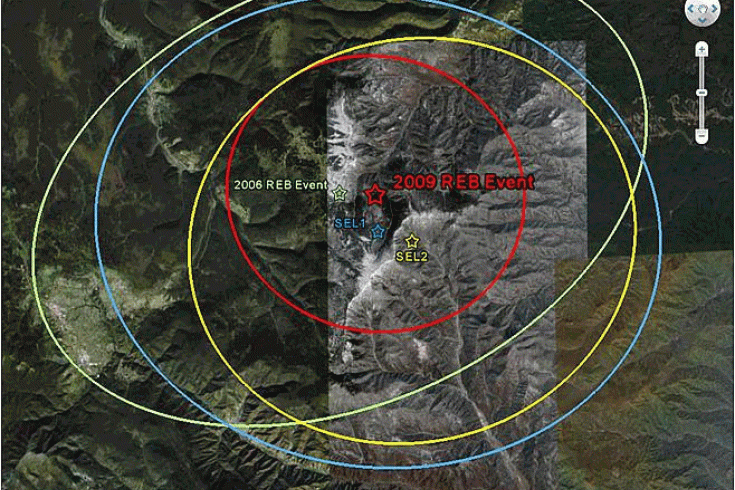
The final location estimate for the 2009 announced test (red) is more precise than for the 2006 test (green). The other two ellipses (blue and yellow) show two preliminary automatic location estimates for the event in 2009.
14 Aug 2009
